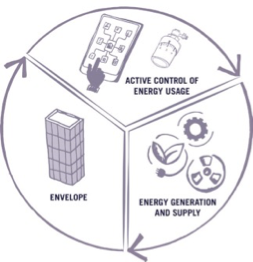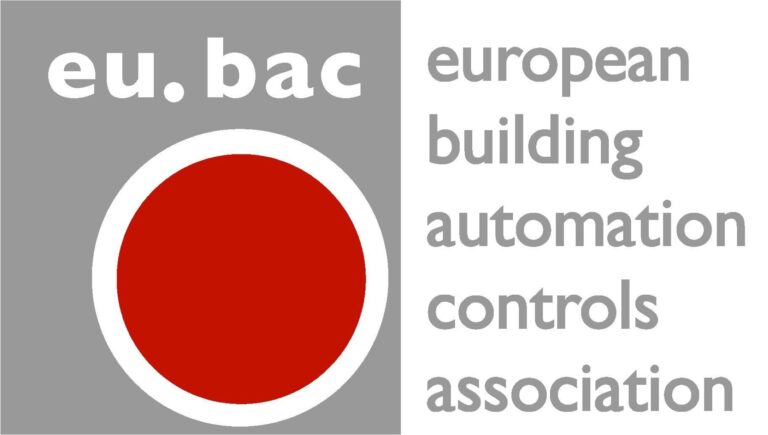BACS, the “brain” and “nervous system” of the building
Building Automation And Control Systems (BACS) refers to the products that monitor and automatically adjust the energy using technologies in our homes and buildings to deliver a comfortable environment while optimising the energy use. Building automation and control solutions can range from self-regulating valves on our radiators to advanced building management systems in large buildings. They form the “brain” and “nervous system” of the building significantly increasing overall building efficiency while optimising the functioning of the technical building systems and services. Each of the systems and services is key, but only the “brain” – BACS – is able to optimize overall efficiency and functionality, ensuring that the systems and services are not working against each other.
The BACS represent also the “intelligent nodes” of the smart integrated energy system developed around the building. Demand response, consumption prediction, energy storage, management of distributed generation of renewables (e.g. solar roof-top PV) are all “smart functions” strongly connected to an optimal functioning building. BACS are able to integrate and optimize these functions too, making buildings “smart” and future-proof, enabling building managers to have real-time access to cloud-based analytics, reporting and services, allowing for informed decision making. The World Health Organisation estimates that we spend approximately 90% of our time indoors, in residential and non-residential buildings. The level of CO2 , humidity and other pollutants have a considerable impact on the health, well-being and productivity of the occupants. BACS optimize thermal comfort, air quality, lighting levels and operational efficiency while preventing legionella and other infections. BACS are therefore essential in order to create healthy, productive, safe and comfortable spaces for people
The 3 pillars of an energy efficient building

The energy efficiency of buildings is based on three pillars, of which “Active control of energy usage”, provided through building automation and control solutions, is an essential one. While often overlooked, this is a key complementary pillar to ensure that measures on the envelope and energy generation deliver in practice what they promise in theory.
The active control of energy usage ensures an optimal distribution and consumption of energy in the building and leads to a more efficient use of the generated energy.
In addition, the reduced energy demand due to improved insulation assumes that the indoor environmental comfort remains constant before and after the measure is applied, and active controls are needed to ensure this is the case.
With the increased share of renewables in the energy system and the integration of distributed energy resources at end-use level, the roll-out of solutions such as building automation and controls will be critical to manage energy usage.
